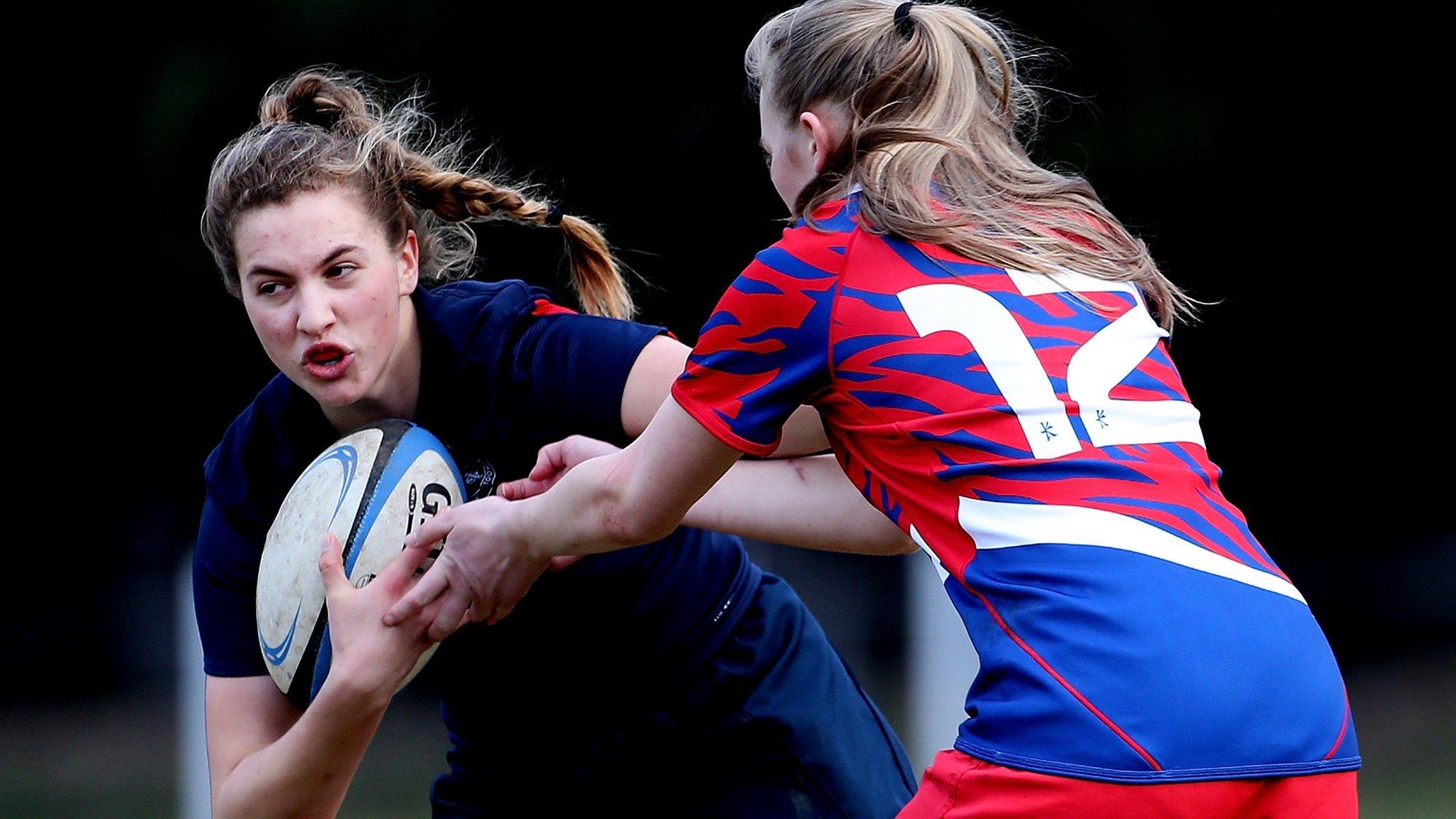Women's Sport Week 2016: Danielle Waterman on advances in women's rugby kit
- Published

Danielle Waterman is England's full-back, winning 60 caps in her 13-year international career. The 31-year-old has played in three Rugby World Cups and represented Britain in sevens at this summer's Olympics. In her BBC Sport column she talks about the importance of women-specific rugby kit.
Long gone, thankfully, are the days of wearing oversized rugby shirts.
I'm only 5ft 5in and weigh just 60kg, so I'm not quite sure how I managed to play so freely in those big heavy cotton shirts, especially in the mud and rain, although it's fascinating to look back at the pictures.
Gone now, too, are the days of wearing men's rugby kit - at international level at least - and that is just fantastic.
Rugby kits have definitely improved over the years and I'm really excited that this season, for the first time in my England career, I'll be wearing kit designed specifically for women in the 15-a-side game.
This summer, the Rugby Football Union awarded professional contracts to 16 of us in the 15-a-side squad for the first time.
The new kit will fit nicely alongside turning professional. Hopefully, it can take women's rugby in England to the next level. It's another important advance.

(left to right) Vicky Fleetwood, Rochelle Clark and Lydia Thompson in the new England women's kit
The sevens squad have been on full-time contracts since 2014. Their kit has always been at the forefront of the technology. At the Rio Olympics, we had sevens kit specifically made for women, which is important because sevens is such high intensity.
Canterbury, England's kit makers, have been taking a lot of measurements from us over a number of years, so developing a 15-a-side women's kit isn't something they've jumped into. They've been collating information from the squad for a long time.
I guess the difficulty with designing rugby shirts is we're such a mix of sizes. A shirt has to fit the mould of an athletic woman, but there are all kinds of shapes and needs within that. It's all about proportions.
In terms of the technology that they've used, it's going to be similar to the men's, but to play in a shirt designed to fit a woman's shape is going to be brilliant and it will make a difference in terms of comfort.
What about other sports? |
|---|
Cricket: The England's women's team - and pathway women's squads and academy teams - have been wearing women's-fit kit since 2008. Senior England players, such as Heather Knight and Sarah Taylor, also endorse women's cricket gear, such as bats and wicketkeeping ranges. England will end their sponsorship with Adidas in March 2017, but the England Cricket Board says the new, as yet unnamed, kit supplier is also committed to supplying kit specifically made for women. |
Football: England's senior women's team have been playing in women-specific kit for 12 years and are supplied with training kit designed for women. |
When you're playing any sport, you want to have something that's appropriate for the job you're doing.
I was capped in 2003, the year England's men won the World Cup, and the iconic images from that tournament emphasise how rugby kits have developed, even in the men's game.
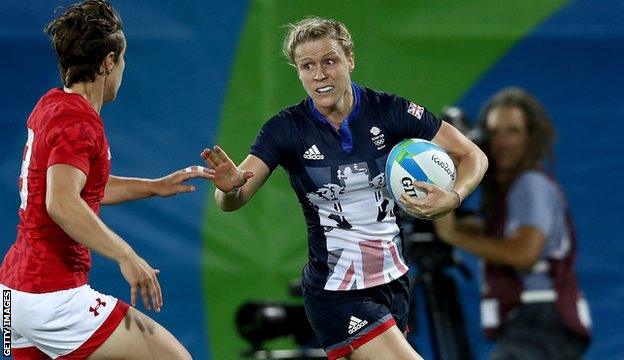
GB's sevens team missed out on a bronze medal in Rio, losing 33-10 to Canada in the third-place play-off
I've played in three Women's Rugby World Cup finals and we wore three different brands in three different sizes and three different materials. I've kept one piece of kit from every year I've played, so that's 16 years' worth of kit and they're all in different styles.
It's the change in material that has made the biggest difference - the switch from thick cotton shirts to a dry-fit top that wicked away the sweat.
We've always worn the traditional male shorts. I know the front-row girls, and the pack in general, especially during set-pieces, will definitely find these female-fitted shorts more comfortable.
Technology has improved across the board, in shirts, shorts and socks. I'd have to say the most entertaining bit of kit we've had during my time with England were the socks which had 'England' written on the side.
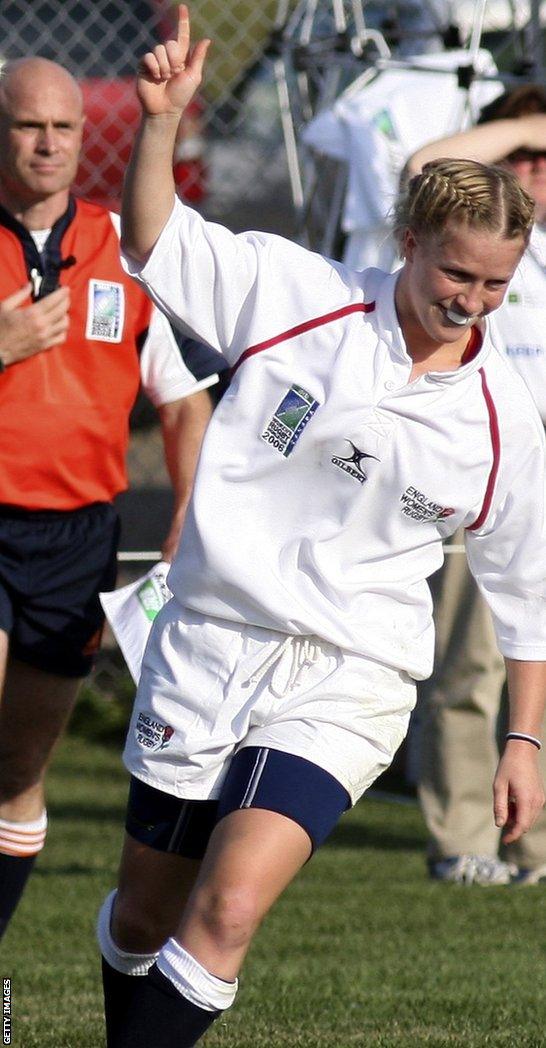
Waterman playing in looser-fitting kit at the 2006 Women's Rugby World Cup
It was a good idea, but I've got really short, small calves so my family thought it was amusing looking at the pictures of us all lined up for the national anthem and my socks just said 'Land' because they didn't quite fit.
There have certainly been kit hits and misses over the years.
We had a renowned pair of training trousers that weren't ideal in muddy conditions, neither were they suited for the bigger ladies. They were the same material as drill tops - stiff, cardboard-like, and they'd absorb water - so it was like training in a pair of jeans. They were durable, but they weren't of much use in the rain or mud.
I'm pleased to say we've had women's training kit for the last few years - trousers, tops, etc - because they sell those for the retail market anyway, and we've an option to have the male version or the female versions because they're different cuts. Like a pair of jeans, you've just got to find the version you like best.
But rugby isn't like cycling, swimming or athletics. We're not dealing in fine margins. Sprinter Adam Gemili lost out on 200m bronze at the Rio Olympics by 0.003 seconds so every single detail makes a fundamental difference in that sport.
For us, we play over 80 minutes in all sorts of weather and it's a contact sport. The kit has to last, it has to be durable, and it has to do the job we need it to do to get us through a contact game, or a contact training session.
It is important to look and feel good when you are wearing the kit, but fundamentally the real pride comes from the fact it has the red rose which represents us as England and England Women.
Subscribe to the BBC Sport newsletter, external to get our pick of news, features and video sent to your inbox.
- Published5 October 2016
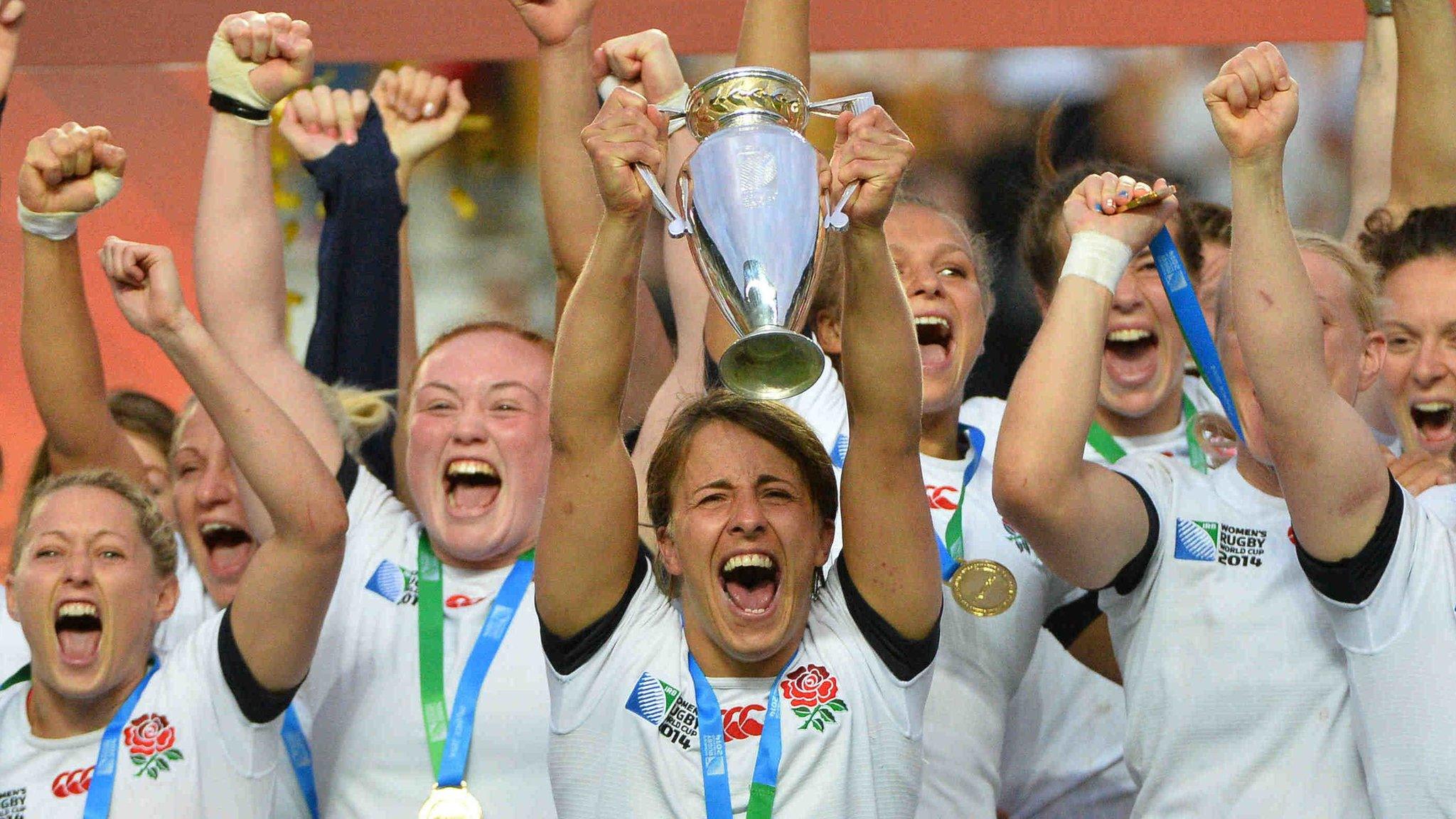
- Published5 October 2016
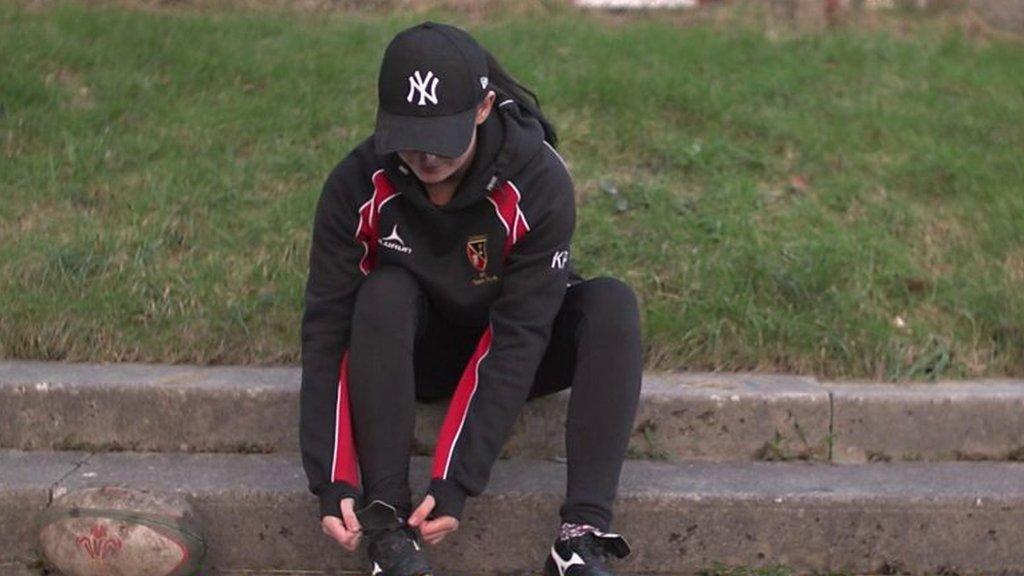
- Published21 July 2016
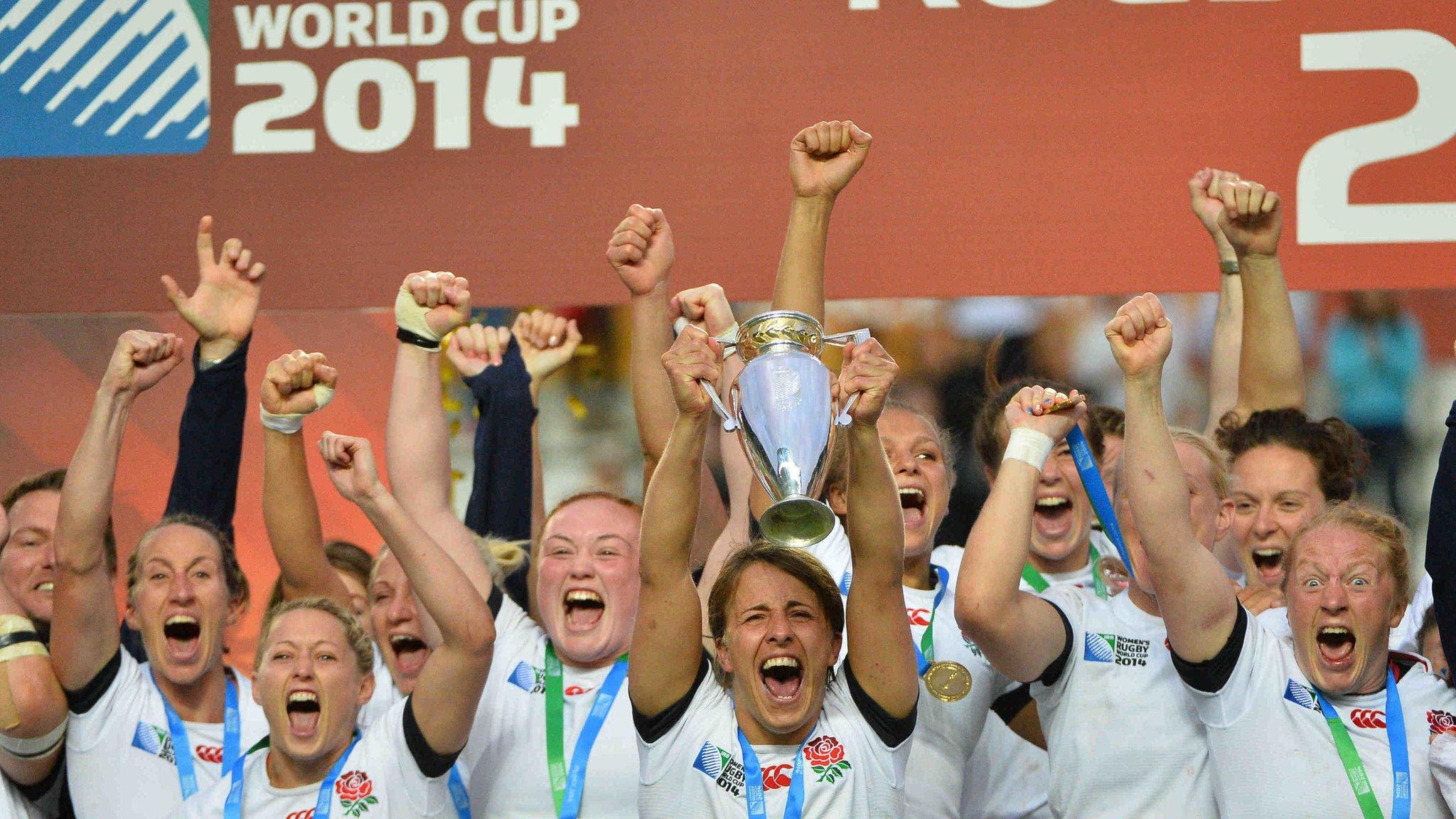
- Published17 August 2014
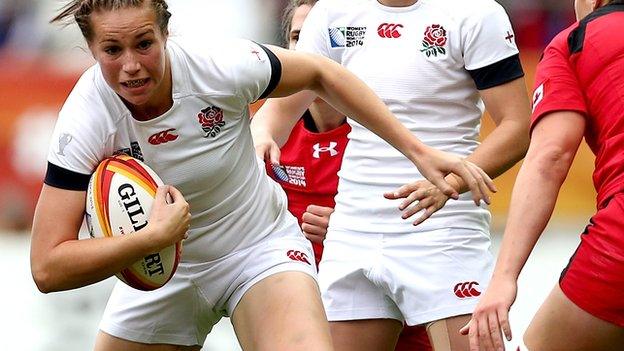
- Published13 May 2016

- Published3 February 2017

- Published25 March 2018
- Published15 February 2019
